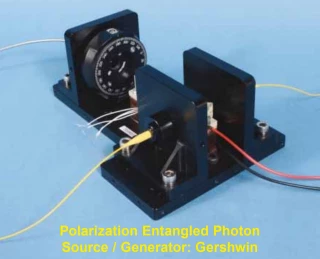Photon Sources
Frequently Asked Questions
What is a photon source?
A photon source is a device that generates photons, the fundamental particles of light, and is essential in many scientific and industrial applications.
What are the types of photon sources?
Photon sources can be classified into coherent and incoherent sources based on their ability to produce light that is in phase with itself. Coherent sources include synchrotron radiation sources and free electron lasers, while incoherent sources include LEDs, laser diodes, and lamps, among others.
What are synchrotron radiation sources?
Synchrotron radiation sources produce highly intense and tunable light in the x-ray and ultraviolet spectral ranges. They are used in a wide range of scientific and industrial applications, including materials science, biology, and environmental science.
What are free electron lasers?
Free electron lasers produce ultrafast pulses of coherent light and are used in a variety of scientific and industrial applications, including imaging, spectroscopy, and materials science.
How do I choose the right photon source for my application?
The choice of photon source will depend on various factors such as the specific application, required wavelength range, and other factors such as pulse duration, coherence, and intensity.
Sources of coherent and incoherent photon sources in various spectral ranges.
